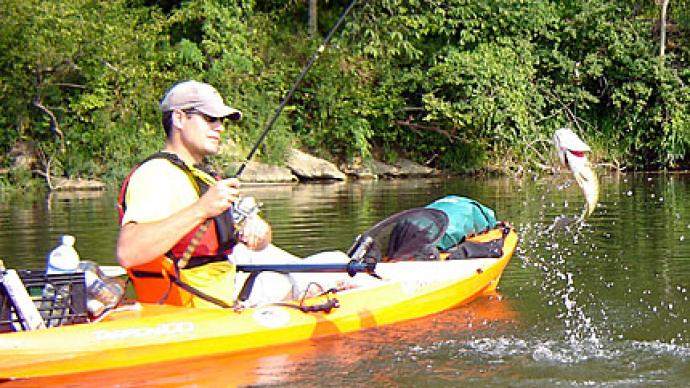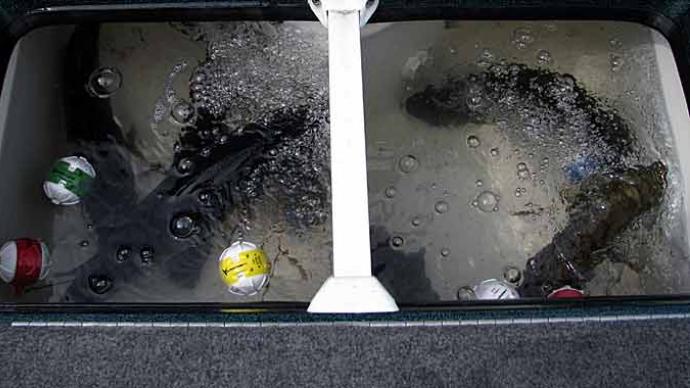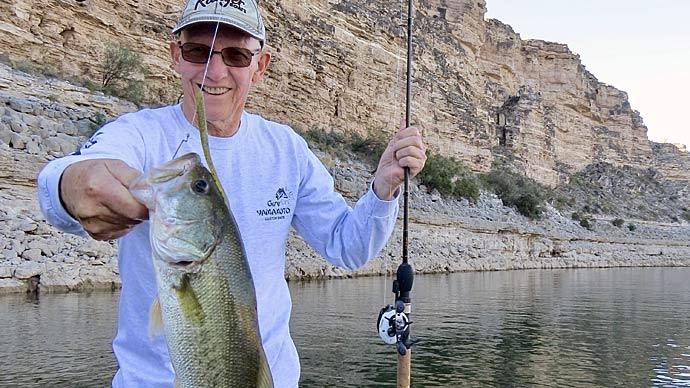
When correctly done, the act of catch and release is more than noble. It's a gift in many respects. Though we are now learning that too much of a good thing might be too much, if we intend to release fish alive, proper methods should be implemented. What this means is putting your money where your mouth is. If you want to be able to say you released your fish and they survived, then you better be able to back that up with proper handling procedures to ensure that it does.
It isn't all that hard to do, and if you follow just a few simple steps, you are releasing live fish.
Don't handle fish with dry hands. This is a must. If you remove the protective slime coating, the fish is open to diseases and fungus. Wet your hands before touching the fish. Restrict your movements to the fish's head and jaw. This means hands off the gills. But by all means, give a little support to the fish's tail with your other hand. We have seen many big bass with broken jaws. While most can survive reasonably well, some cannot feed again, and thus they perish.
Don't keep the fish out of the water for more than 20 seconds at a time. It's OK to want a bunch of pictures, but give the fish a little breathing time between photos, and don't take 20 pictures - you don't need them.
And while the Department of Wildlife can't, as a state agency, recommend the use of catch-and-release treatments, we do. If you have only water in your livewell, you're not doing enough. Non-iodized salt is cheap if you can't afford the packaged products or want to use both to ensure better health for the fish. Use 1/4-pound of salt per five gallons of water in your livewell. Hatchery workers have used non-iodized salt for years because it kills bacteria and restores electrolytes.
If you want to mount the fish, wrap it in a wet towel and store it on ice until you reach the taxidermy shop. If you wish to eat the fish, clean them quickly and eat them fresh the same day instead of freezing them for months. But if you want to say you released the fish alive, please pay attention to the above instructions and visit the links below. Some things can be quickly done to help the fish you plan to release. You can help reduce delayed mortality and keep tournament competitors' honor from tarnishing with the sight of floating bass following an event.



